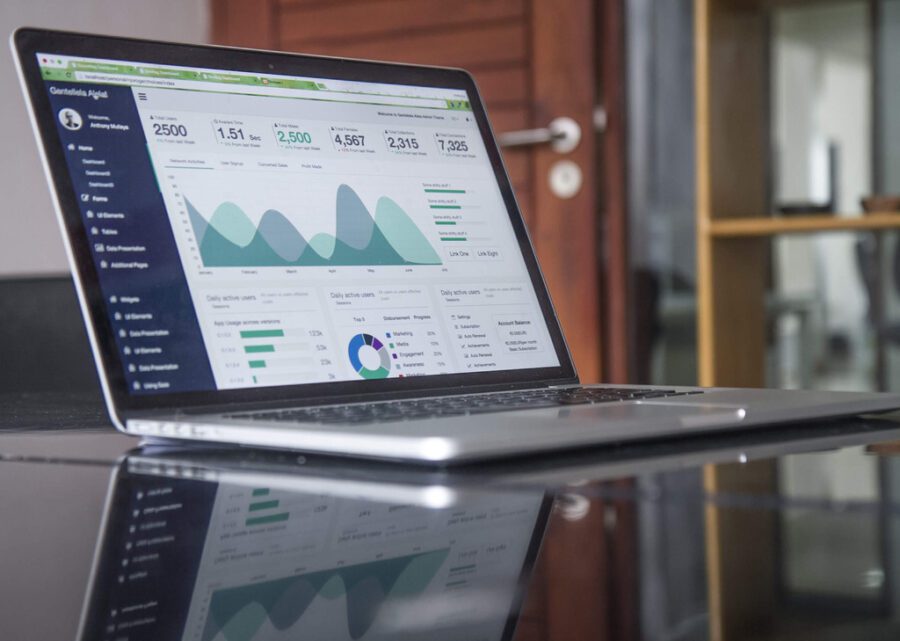
If you’ve been struggling to get useful results from big data, you’re not alone. The buzz has been that any company not doing analytics is behind the times. But big data even has been a challenge in itself. Perhaps small data is the answer.
What is Big Data?
This refers to the huge amounts of data being collected from many sources. Data is coming in from POS transactions, barcode scanners, and network activity in every aspect of business. More is coming from social media, surveys, and even from the products themselves. We are witnessing the ,explosion of the Internet of Things which is forecast to connect 26 billion devices by 2020. The data can be structured, such as numbers and simple information like usernames, or it can be unstructured, like documents and images.
Companies utilize big data to look for patterns or generate forecasts, spot market trends, improve efficiency, cut costs, assess risks, and essentially crunch numbers on every aspect of business where advantages might be gained.
The Value of Big Data
There have always been two major challenges in using big data. One is organizing all of this information in homogenous data warehouses that can be processed efficiently. The other and bigger challenge has been processing them in a way that will provide meaningful results. Cubes, perspectives, data models, and data mining are all concepts that are significant to data scientists and business intelligence specialists, but not to the average user. Many non-analysts viewing reports don’t understand where the numbers are coming from or what they mean to business processes.
Only 58 percent of companies feel they’re getting value from their big data solutions. Big data requires digital storage space , expensive software, and qualified people to manage and make sense of all that information. Given the investment in time and money, big data is a bit of a gamble that doesn’t always provide real value, let alone reveal the kind of insights and improvements that will drive improvements for the future.
Simplifying big data to small data
Small data, by contrast, is a more specialized data set. It’s more specific in order to address specific problems, and thus easier to translate into actionable solutions. Smaller datasets allow for timely, more easily comprehended results, without the burden of managing big data systems. Instead of mining heaps of varied data, the average business person can examine more meaningful datasets to find answers.
How small data affects business intelligence
Small data tends to focus on log analysis. This is the record of real business events; for instance user activity to gauge the value of engagement with a particular website design. A well-architected layout such as Halocigs vape starter kit page can be measured by a finite dataset of recent user clicks, time on page, and other common metrics as a means of evaluating and improving the engagement of visitors with content.
Amazon.com tracks millions of online purchases, but employment sites like Indeed.com are geared toward tracking only two things: employers and applicants.
Logging mechanisms allow for the collection of specialized data. The collection of logged data creates a specific tool for a particular business team, whether it be marketers, fulfillment, engineers, or accounting. This solves a variety of business problems without the need to refine and blend disparate data types into a massive data mart which requires advanced software and skills to use effectively.
Nor does it require any major transformation of existing business data models; the point to be taken is that big data can feed small data, rather than the other way around.
Making small data work
Small data is a more sensible approach for letting more business segments realize value from their data. It makes it easier to leverage heavy data flows in solving specific problems. They real key to data analytics is asking the right questions. Small data forces people to do that.
